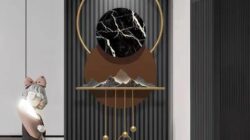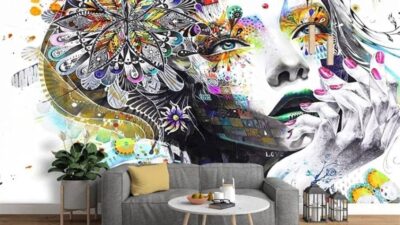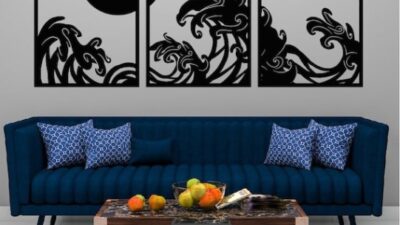Kitchen Art: A Culinary Journey
What is Kitchen Art?
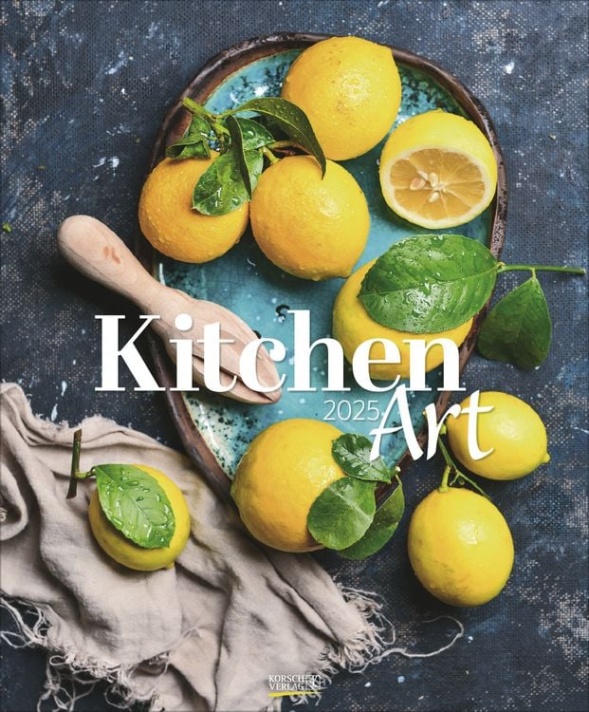
Image Source: thalia.media
Kitchen art, at its core, is the creative expression of culinary skill. It’s the harmonious blend of flavors, textures, and presentations that transforms simple ingredients into extraordinary dishes. It’s the artistry of plating, the science of cooking techniques, and the passion that drives every chef, Home cook, and food enthusiast.
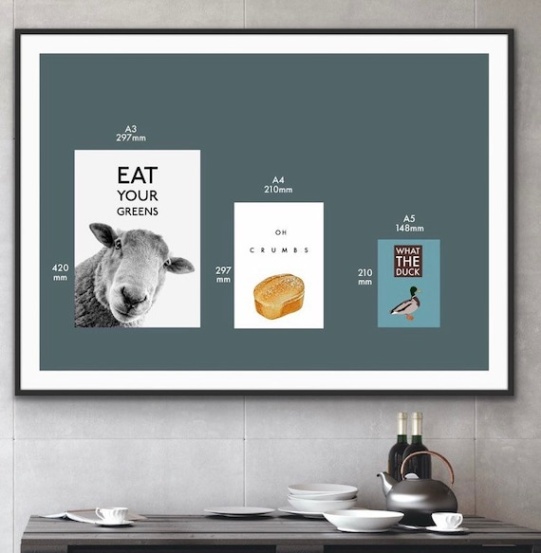
Image Source: etsystatic.com
The Evolution of Kitchen Art

Image Source: etsystatic.com
The concept of kitchen art has evolved over centuries, influenced by diverse cultures and culinary traditions. From the ancient civilizations of Egypt and Rome to the medieval European courts, food has always been more than mere sustenance. It has been a symbol of status, a form of cultural expression, and a vehicle for social interaction.
The Role of Chefs in Kitchen Art
Chefs are the architects of the culinary world, shaping tastes and trends. They possess a deep understanding of ingredients, techniques, and flavor profiles. Through their creativity and innovation, they elevate the dining experience to new heights. Celebrity chefs, in particular, have played a significant role in popularizing kitchen art and making it accessible to a wider audience.
The Science Behind Kitchen Art
While kitchen art is often perceived as a creative endeavor, it is also rooted in science. Understanding the chemical reactions that occur during cooking, the properties of different ingredients, and the principles of heat transfer is essential for achieving culinary excellence. By mastering these scientific concepts, chefs can create dishes that are both delicious and visually stunning.
The Art of Plating
Plating is the art of arranging food on a plate in a visually appealing way. It is the final step in the culinary process and can significantly impact the dining experience. A well-plated dish can evoke emotions, stimulate the appetite, and leave a lasting impression. Factors such as color, texture, height, and symmetry play a crucial role in creating a visually pleasing presentation.
The Importance of Taste and Flavor
While presentation is important, the taste and flavor of a dish are paramount. A well-balanced combination of sweet, sour, salty, bitter, and umami flavors is essential for a truly satisfying culinary experience. Chefs use a variety of techniques, such as seasoning, marinating, and saucing, to enhance the flavor profile of their dishes.
The Role of Texture
Texture is another important element of kitchen art. A diverse range of textures, from crispy to creamy, can elevate a dish to new heights. By combining different textures, chefs can create a multi-sensory experience that engages all the senses.
The Impact of Kitchen Art on Culture and Society
Kitchen art has a profound impact on culture and society. It shapes our food habits, influences our social interactions, and reflects our values and beliefs. It can also be a powerful tool for social change, promoting sustainable food practices, cultural diversity, and economic development.
The Future of Kitchen Art
The future of kitchen art is bright. As technology continues to advance, we can expect to see even more innovative and creative culinary experiences. From molecular gastronomy to 3D food printing, the possibilities are endless. However, it is important to remember that the heart of kitchen art lies in human creativity, passion, and the desire to create something truly special.
Conclusion
Kitchen art is a dynamic and ever-evolving field that continues to captivate and inspire. By understanding the science, mastering the techniques, and embracing creativity, we can all become artists in our own kitchens. Whether you’re a seasoned chef or a home cook, the journey of culinary exploration is a rewarding one.
FAQs:
1. What is the difference between cooking and kitchen art?
While cooking is the process of preparing food, kitchen art involves a creative approach to cooking, focusing on flavor, texture, presentation, and the overall dining experience.
2. Do I need to be a professional chef to practice kitchen art?
No, anyone can practice kitchen art. It’s about passion, creativity, and a willingness to experiment. Even simple home cooking can be elevated to an art form.
3. What are some essential kitchen tools for practicing kitchen art?
Essential tools include a good quality chef’s knife, a cutting board, a variety of pots and pans, measuring cups and spoons, and a reliable oven.
4. How can I improve my plating skills?
Practice, experimentation, and inspiration from culinary magazines, cookbooks, and online resources can help you improve your plating skills.
5. What are some common mistakes to avoid in kitchen art?
Common mistakes include overcooking, underseasoning, and neglecting the presentation. It’s also important to avoid overcrowding the plate.
6. How can I learn more about the science behind cooking?
There are many books, Online Courses, and culinary schools that offer insights into the science of cooking. Understanding the principles of heat transfer, chemical reactions, and ingredient properties can elevate your culinary skills.
7. What is the future of kitchen art?
The future of kitchen art is exciting and full of possibilities. With advancements in technology, we can expect to see innovative cooking techniques, personalized dining experiences, and a greater focus on sustainability and ethical food practices.
kitchen art







